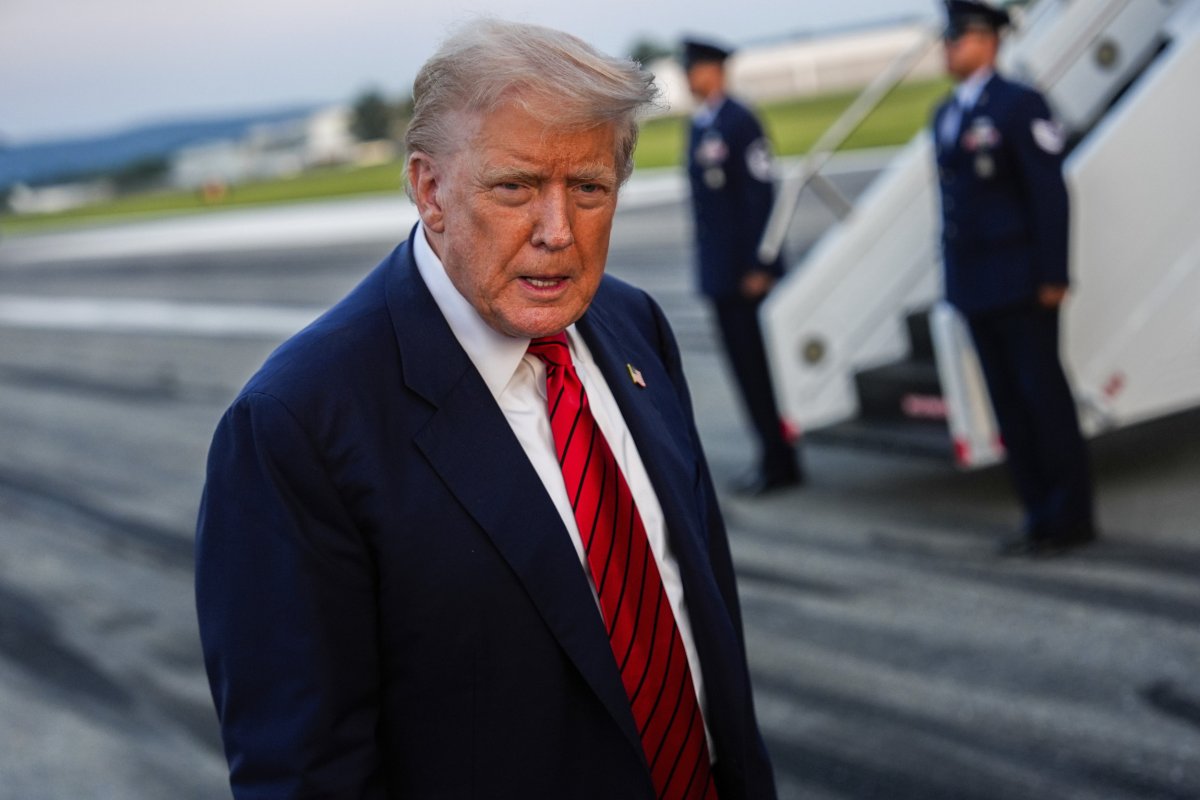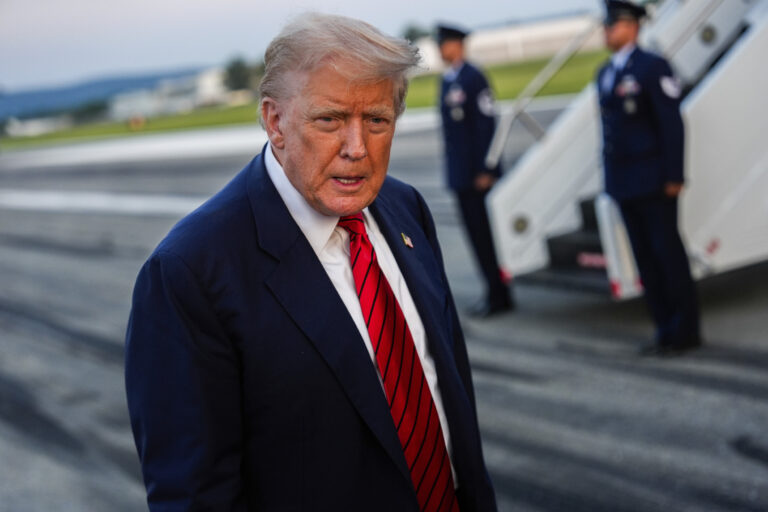U.S. fighter jets were scrambled to intercept a civilian aircraft after it entered the airspace over President Donald Trump’s Bedminster golf course this weekend while he was staying there.
A temporary flight restriction (TFR) zone was in place over the New Jersey course when a pilot flew into it at around 12:50 p.m. ET on Sunday.
North American Aerospace Defense Command (NORAD) aircraft used flares to get the plane’s attention and then escorted it out of the zone, NORAD said in a statement.
Why It Matters
The interception of an unauthorized civilian aircraft over Trump’s Bedminster golf club in New Jersey has highlighted the ongoing security measures and challenges involved in protecting high-profile figures and sensitive airspace.
Temporary Flight Restrictions are frequently enforced during a former or current president’s presence to ensure aerial security, emphasizing the need for pilots to observe federal directives closely.
Instances of repeated violations have underscored concerns about pilots’ awareness and compliance with crucial airspace notices.
What To Know
The interception on Sunday afternoon was the second in the restriction zone that day, and the fifth of that weekend.
NORAD stressed that the flares they used, which may have been spotted by some members of the public, “are employed with the highest regard for the safety of the intercepted aircraft and people on the ground.”
“Flares burn out quickly and completely and there is no danger to the people on the ground when dispensed,” the organization said.
It also warned pilots to check fly zone updates before taking off. “General aviation pilots are reminded to verify all Federal Aviation Agency (FAA) Notice to Airmen (NOTAMs) and Fly Informed before every flight,” it said.
Trump spent the weekend at Bedminster and returned to the White House late on Sunday night, according to MSN.

Julia Demaree Nikhinson/AP
What People Are Saying
NORAD has previously made similar warnings: “All pilots must familiarize themselves with updates to restricted airspace, including reviewing new and existing FAA NOTAMs that impact their flight plans and activities.
“Adhering to FAA-restricted airspace protocols is mandatory, regardless of geographic region, airframe or aircrew.”
What Happens Next
NORAD has reiterated its commitment to monitoring restricted airspace and rapidly responding to any potential threats or violations. The organization continues to warn pilots to remain fully informed of all FAA airspace restrictions and updates.
The Federal Aviation Administration will continue educational outreach to the general aviation community regarding compliance with NOTAMs, especially when high-profile individuals are present in designated TFR areas.
The continued enforcement of TFRs—and reactions such as scrambling fighter jets—demonstrate the seriousness with which authorities view the protection of presidents and sensitive areas. Further announcements from NORAD or the FAA may follow as they review procedures and pilot communication regarding no-fly zones in future high-profile events.


